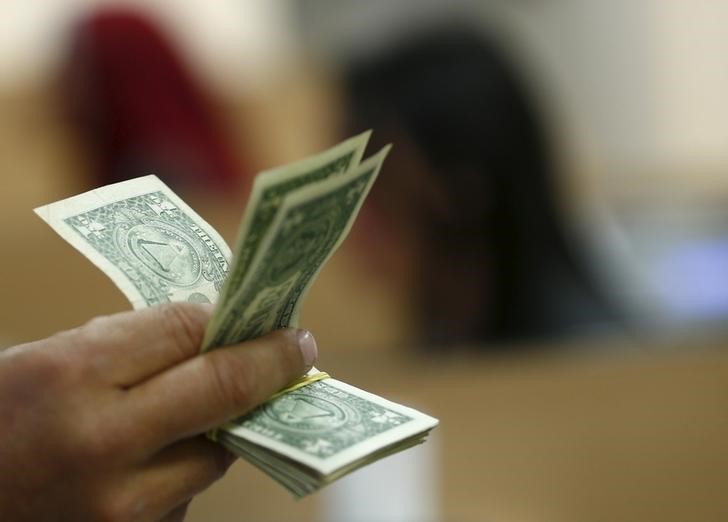Beamr video compression achieves up to 50% improvement for AVs
* Dollar recovers, adds more than 2% vs yen, 0.7% vs euro
* Commodity-linked currencies rebound but sentiment fragile
* Tracking the coronavirus: https://tmsnrt.rs/3aIRuz7
* Graphic: World FX rates in 2019 http://tmsnrt.rs/2egbfVh
(Adds details, latest prices, chart)
By Tommy Wilkes
LONDON, March 10 (Reuters) - The dollar rebounded on Tuesday
after huge losses against the yen and the euro, as investors
turned hopeful that policymakers would introduce co-ordinated
stimulus to cushion the economic impact of the coronavirus
outbreak.
The moves helped reverse some of Monday's gyrations, but at
104 yen per dollar the Japanese currency was not back above the
105 seen before this week.
The dollar started to recover as U.S. stock futures rose and
bond yields gained, following U.S. President Donald Trump's
announcement that he would hold a news conference on Tuesday
about economic measures in response to the virus.
Analysts said it was too early to call a bottom in the
dollar, which plunged on Monday after a price war between Saudi
Arabia and Russia triggered the biggest daily rout in oil prices
since the 1991 Gulf War and Treasury yields dropped further.
Against a basket of currencies, the dollar rose 0.5% to
95.865 =USD . It rallied 2.2% against the yen to 104.6
JPY=EBS , considerably higher than Monday's 101.18 low.
The yen also fell against the euro EURJPY=EBS and the
Australian dollar AUDJPY=EBS , after Bank of Japan officials
indicated they were ready to ramp up stimulus if necessary,
before a policy meeting next week.
"It seems pretty clear that owning the yen still works when
bond yields are falling, volatility is spiking and risk appetite
is disappearing. So today's a bad day for the yen as we reverse
all those sentiments," said Kit Juckes, an FX strategist at
Societe Generale.
"However, that opens up the opportunity to get yen longs on
before we exit the eye of the storm and feel its fury again."
The euro dropped 0.7% versus the dollar to $1.1332
EUR=EBS , down from $1.1495 on Monday, its strongest since
early January.
The dollar rose 0.8% to 0.9329 Swiss franc CHF=EBS on
Tuesday, recovering after three days of heavy selling pushed it
to its lowest in almost five years. Data suggest the Swiss
National Bank is now intervening to weaken its currency.
Against the pound GBP=D3 , the U.S. currency rose 0.5% to
$1.3060.
Volatility has doubled in FX markets from the levels of late
February, reaching its highest since early 2017, according to
one index .DBCVIX .
Analysts said FX volatility, which has not jumped to the
same extent as in equity markets, could rise further.
"The data from China is likely to be of particular interest
as it was the first country to be hit by the virus. The tension
on the markets is likely to continue and I would not exclude
that the FX markets might be hit by a proper risk-off wave at
some point soon," said Commerzbank analyst Thu Lan Nguyen.
Commodity-linked currencies that tumbled on Monday following
the crash in oil prices recovered slightly. The Norwegian crown
added 1.9% versus the euro to 10.76 EURNOK=D3 , away from
record lows but still off the 10.4 levels seen last week.
The Canadian dollar rose 0.3% to C$1.3658 CAD=D3 . The
Russian rouble RUB=EBS gained 3.6% and the Mexican peso
MXN=EBS 0.6%.
Deutsche Bank Currency Volatility Index https://tmsnrt.rs/2vKAQj3
^^^^^^^^^^^^^^^^^^^^^^^^^^^^^^^^^^^^^^^^^^^^^^^^^^^^^^^^^^^>
(Editing by Larry King)
